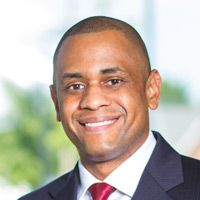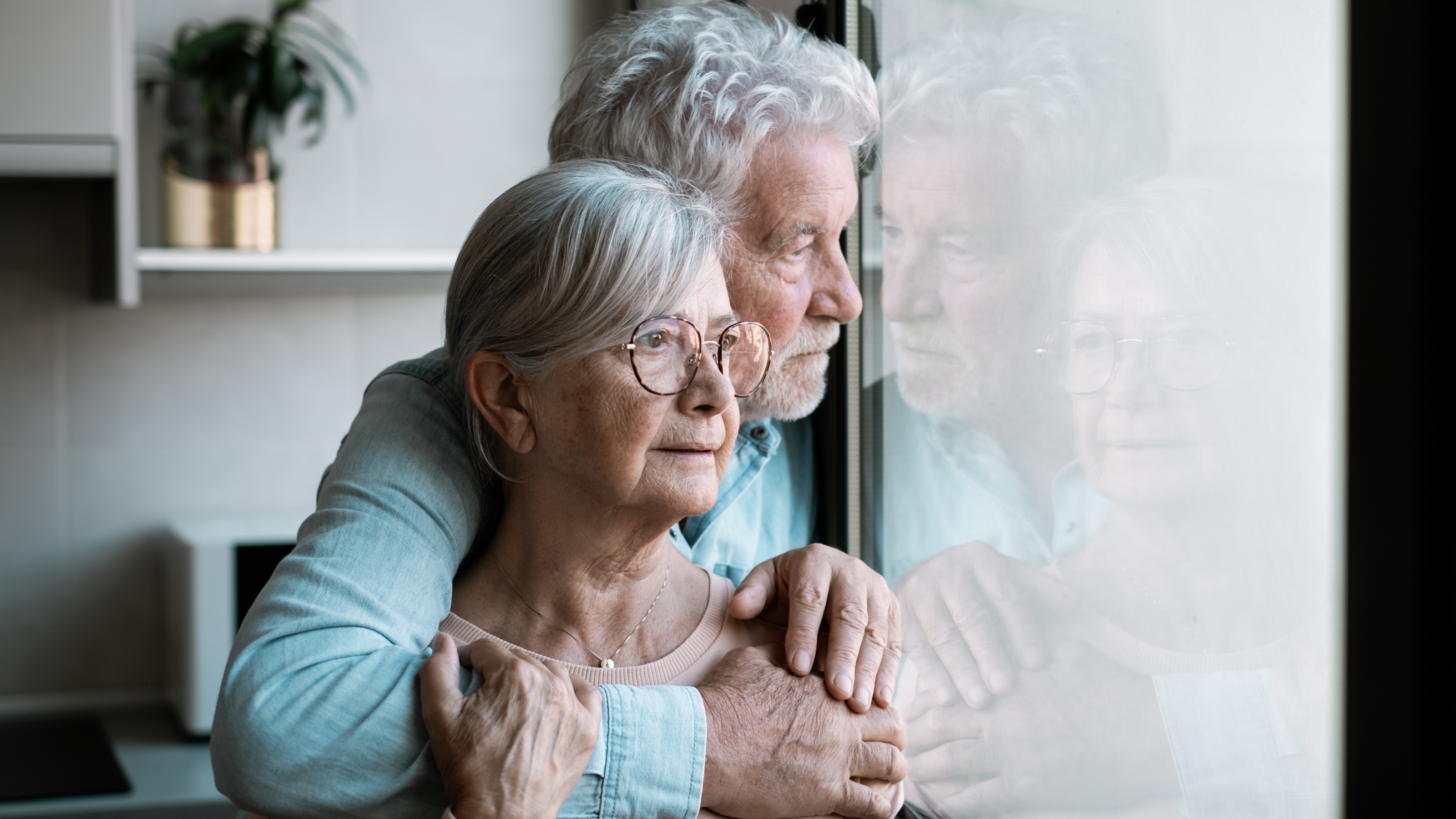If You Want to Retire Comfortably, It Isn't All About Investing
Preparing for what happens AFTER you finish building your nest egg and actually retire may be trickier and more important than all the saving and investing you did to get there.


Here’s a little secret, just between you and me.
A lot of people — maybe even most people — can be successful DIYers through the early years of their investing life. Unless you’re a high earner, have a high net worth or have some other special planning needs, you probably can figure out how much you want to contribute and how to allocate your assets. (If you can’t or don’t want to, you should, by all means, seek professional guidance — even if it’s only on specific occasions, or to tap into some good investing advice.)
However, I’m going to warn you: When you’re ready to wrap up the accumulation phase and move on to preservation and distribution, things could get a little trickier. OK, a lot trickier. Using a DIY approach may not be the best choice as the focus shifts from making and saving as much money as you can to living off that money for decades in retirement.
From just $107.88 $24.99 for Kiplinger Personal Finance
Become a smarter, better informed investor. Subscribe from just $107.88 $24.99, plus get up to 4 Special Issues

Sign up for Kiplinger’s Free Newsletters
Profit and prosper with the best of expert advice on investing, taxes, retirement, personal finance and more - straight to your e-mail.
Profit and prosper with the best of expert advice - straight to your e-mail.
One of the mistakes I see when prospective clients come to my office — retirees and pre-retirees alike — is that even when they do go for financial advice, they don’t necessarily contact a retirement professional. Which means they usually don’t have a comprehensive retirement plan. They sit down and tell me they’re pretty happy with their investments because they had a 7% return the year before. But when I ask them about their income plan, what they’re doing about taxes and health care, and if they have a will, they get quiet.
“I guess we never thought much about any of those things,” they say. “Our adviser just helps us pick stocks.”
So, what they’re telling me is that instead of taking the time to understand their needs, someone looked at their investments and said he or she could make them more money. That’s it.
That’s great when you’re young, but not so much when you need to help safeguard your portfolio from risks in retirement. That’s why you need a comprehensive financial plan that includes:
1. A solid income plan.
You want to make sure you have reliable income streams in retirement, so you can cover your expenses. That means maximizing pension and Social Security benefits for you and your spouse. You also need to know what will happen to the surviving spouse’s income when one of you dies and the lower Social Security payment (and possibly that pension) goes away. You should also consider how your expenses might change over the years, as your lifestyle changes. Then there’s inflation. The current inflation rate is 2.3%, and though there’s no predicting the future, you can be reasonably sure that the $100 in your wallet won’t buy nearly as many groceries even 10 years from now.
2. An investment plan.
In retirement, it’s important to reduce the potential for a big loss in your portfolio. You simply won’t have time to recover the way you did when you were younger. I like to take a “three-bucket” approach. Using a couple with $1 million saved, here’s what that looks like:
- Bucket One is for safety. Our couple is extremely conservative, so we’ll set aside $100,000 for their emergency fund.
- Bucket Two is for income. Let’s say they need $5,000 a month to cover their expenses, but their Social Security and pension payments equal only $3,000. They’ll need to fill that income gap, so we’ll set aside $500,000 in conservative investments for them to draw from.
- Bucket Three is for growth. This bucket should only be created once our couple is sure their safety and income needs have been met. In this case, they have $400,000 left to invest for the long term. They can take a little more risk with this money because they won’t have to touch it until they’re deep into their retirement. They may have to tap into this at a later date due inflation on normal necessities, especially health care. Even though they may be spending $5,000 a month today, the need will increase to $7,500 a month in 10 years considering an average 3% cost of living adjustment.
3. A tax-efficient plan.
If you have most of your nest egg in a 401(k) or traditional IRA, you need to remember that you haven’t paid taxes on that money yet — and Uncle Sam wants his cut. Your goal is to pay him what’s fair, but no more. So, your tax-efficient plan might include, for example, taking advantage of the recent tax reforms, which delivered new brackets, lower rates and a bigger standard deduction that should be in place until at least Dec. 31, 2025. If you’re older than 59½ and can take money from your 401(k) without a penalty, this might be the right time to convert some of that money into a Roth account and pay taxes on it now instead of later. And if you’re younger than 59½ and have a traditional IRA, you could convert some of the funds in it to a Roth IRA. Your financial adviser can help you run the numbers and come up with other smart strategies.
4. A health care plan.
Even those who have an otherwise well-thought-out plan tend to overlook health care planning. But if you require long-term care, for example, the cost could be devastating. According to the 2018 Genworth Cost of Care Survey, the national median cost for a semi-private room in a nursing home is $7,441 per month. That can quickly drain a portfolio. If you retire before 65 and will lose employer health coverage, you also need to think about how you’ll pay for medical costs until you’re eligible for Medicare.
5. A legacy plan.
Most people say they want to leave something behind for their loved ones, but few have given much thought to how they’ll do it — or what the tax consequences will be for their beneficiaries. Even if you’re already working with an estate attorney, you should be incorporating this information into your overall financial plan.
All five of these points should work together to form one comprehensive plan that puts you in a comfortable position for the short term and long term.
It sounds complicated, but your financial adviser should be able to analyze what you have and tell you what’s in good order, then outline the actions necessary to help what isn’t working. If your financial professional only wants to talk about stocks, bonds and mutual funds, and you’re close to retirement, look for a financial professional who could provide a plan that helps move you forward from the day you meet through the rest of your retirement years.
Kim Franke-Folstad contributed to this article.
Profit and prosper with the best of Kiplinger's advice on investing, taxes, retirement, personal finance and much more. Delivered daily. Enter your email in the box and click Sign Me Up.

Marvin Mitchell is an Investment Adviser Representative and founder of Compass Retirement Solutions, LLC (www.compassretirementsolutions.com). He is the host of "Re-thinking Retirement" on NewsTalk 97.1 in St. Louis, Missouri, and also serves as a speaker, coach and trainer.
-
 The Santa Claus Rally Officially Begins: Stock Market Today
The Santa Claus Rally Officially Begins: Stock Market TodayThe Santa Claus Rally is officially on as of Wednesday's closing bell, and initial returns are positive.
-
 How to Leave Different Amounts to Adult Children Without Causing a Rift
How to Leave Different Amounts to Adult Children Without Causing a RiftHere’s how to leave different amounts to adult children without causing a family rift.
-
 My Retirement Learning Curve, 1 Year In
My Retirement Learning Curve, 1 Year InA retiree checks in with what they wish they knew early on and what they've changed about their plan one year in.
-
 Introducing Your CD's Edgier Cousin: The Market-Linked CD
Introducing Your CD's Edgier Cousin: The Market-Linked CDTraditional CDs are a safe option for savers, but they don't always beat inflation. Should you try their counterparts, market-linked CDs, for better returns?
-
 How to Protect Yourself and Others From a Troubled Adult Child: A Lesson from Real Life
How to Protect Yourself and Others From a Troubled Adult Child: A Lesson from Real LifeThis case of a violent adult son whose parents are in denial is an example of the extreme risks some parents face if they neglect essential safety precautions.
-
 To Build Client Relationships That Last, Embrace Simplicity
To Build Client Relationships That Last, Embrace SimplicityAs more automation becomes the norm, you can distinguish yourself as a financial professional by using technology wisely and prioritizing personal touches.
-
 Client Demand Is Forcing Financial Advisers to Specialize: How to Deliver
Client Demand Is Forcing Financial Advisers to Specialize: How to DeliverThe complexity of wealthy clients' needs — combined with AI and consumer demand — suggests the future of financial planning belongs to specialized experts.
-
 A Financial Planner Takes a Deep Dive Into How Charitable Trusts Benefit You and Your Favorite Charities
A Financial Planner Takes a Deep Dive Into How Charitable Trusts Benefit You and Your Favorite CharitiesThese dual-purpose tools let affluent families combine philanthropic goals with advanced tax planning to generate income, reduce estate taxes and preserve wealth.
-
 A 5-Step Plan for Parents of Children With Special Needs, From a Financial Planner
A 5-Step Plan for Parents of Children With Special Needs, From a Financial PlannerGuidance to help ensure your child's needs are supported now and in the future – while protecting your own financial well-being.
-
 How Financial Advisers Can Best Help Widowed and Divorced Women
How Financial Advisers Can Best Help Widowed and Divorced WomenApproaching conversations with empathy and compassion is key to helping them find clarity and confidence and take control of their financial futures.
-
 A Wealth Adviser Explains: 4 Times I'd Give the Green Light for a Roth Conversion (and 4 Times I'd Say It's a No-Go)
A Wealth Adviser Explains: 4 Times I'd Give the Green Light for a Roth Conversion (and 4 Times I'd Say It's a No-Go)Roth conversions should never be done on a whim — they're a product of careful timing and long-term tax considerations. So how can you tell whether to go ahead?